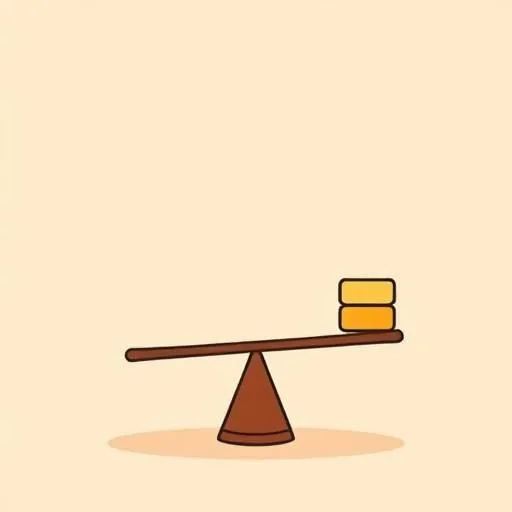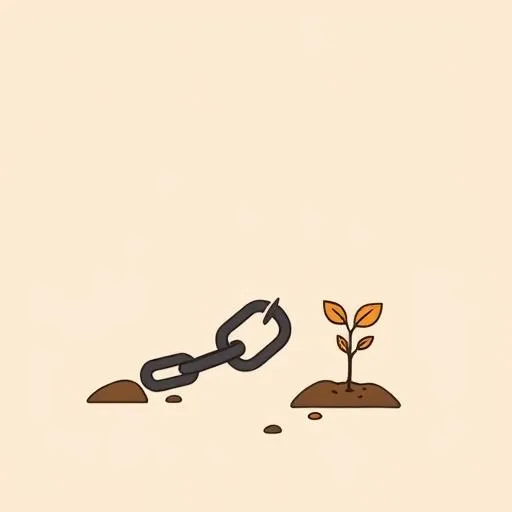
That podcast episode made me pause mid-coffee sip—Jodie Burchell’s chat about large language models hitting the edge of scaling laws felt eerily familiar. Suddenly it wasn’t just about AI benchmarks. It was about us. About how we’ve been sold this dream that stuffing more into our kids’ days—more apps, more classes, more screen time—automatically means better growth. But what if we’re all overlooking the quiet power of ‘just enough’? In our house we call it finding the just-right balance—like tteokbokki that’s flavorful but not overwhelmingly spicy.
When Does ‘Bigger’ Start Diminishing Returns?

You know that moment when you add another scoop of ice cream to the bowl, expecting pure joy, but suddenly it’s just… too much? The latest research whispers something fascinating: big language models are hitting that exact spot. Turns out, endlessly inflating model size or data—even with fancy benchmarks—creates shaky results. One study analyzing over 400 models bluntly says performance gains start sputtering when we isolate just one factor. Imagine pouring energy into a single Lego tower while ignoring the foundation—it might wobble spectacularly. And that’s where we parents often trip too. We hyperfocus on cramming in coding classes or language apps, thinking bigger must mean brighter futures. But real growth? It thrives on balance, not bloat.
I watched neighborhood kids yesterday building pillow forts. No AI required—just cardboard boxes, giggles, and the stubborn belief their castle could touch the clouds. Their real benchmark wasn’t completion time; it was whether they’d try again after the couch-cushion collapse. Maybe we need to swap out those rigid scoring columns for something messier, warmer: resilience measured in get-back-up attempts.
How Can We Rebel Against the ‘More’ Pressure?

Here’s the thing the scaling laws quietly confess: when model size races ahead of quality data or thoughtful compute, progress really starts to stall. Sounds familiar? We’ve all felt that pressure—the ‘shoulds’ piling up like unread parenting books. Should we enroll our little ones in robotics camp? Should they master AI tools by age eight? Building on these insights, how does this translate to everyday parenting moments? But what if we flipped the script? Like planning a spontaneous park picnic instead of an itinerary-packed weekend. Sometimes the ‘edge’ we’re seeking isn’t in expanding hours but in deepening moments—like asking ‘What surprised you today?’ over dinner instead of scrolling another report card metric.
Science backs this too: that arXiv paper nails how loss scales predictably only when model size, data, and compute grow together (it’s wild how seven orders of magnitude hold true). Our kids? They’re not isolated variables. Throw extra screen time without hands-on play, and what you get isn’t rocket science—it’s restless eyes and frustrated hearts. Balance isn’t optional; it’s the secret sauce.
Why Focus on Small Sparks Instead of Big Flames?

Remember building snowmen as a kid? Success wasn’t about height—it was the crooked carrot nose, the mittened high-five after. Our children’s curiosity works the same way. That viral math app might promise ‘genius-level’ results, but what truly sticks is how your seven-year-old’s face lit up yesterday when they explained why their paper airplane looped. My daughter recently showed me her drawing of a ‘balanced robot’ with equal parts brain and heart—it became our household symbol for growth that matters. Those aren’t ‘small’ wins—they’re the bedrock of resilient thinkers.
So what if we became human benchmarks? Not tracking hours of app usage, but noticing: Did they ask ‘What if?’ twice today? Did they stick with a tricky puzzle after three tries? One dad told me his ‘aha’ was swapping ‘How many words did you type?’ for ‘What story made you laugh while writing?’—suddenly, progress felt alive. Try this tonight: sit beside them while they build with blocks. Don’t count pieces. Ask, ‘What’s the bravest thing this tower has survived?’ You’ll witness scaling laws in action: tiny moments compounding into unshakeable confidence.
Warm thing: saw two kids sharing chalk drawings on the sidewalk today. No algorithms, no benchmarks—just the messy joy of creating together. That’s the ‘edge’ worth chasing.
Source: The Real Python Podcast – Episode #264: Large Language Models on the Edge of the Scaling Laws, Real Python, 2025/09/05 12:00:00
